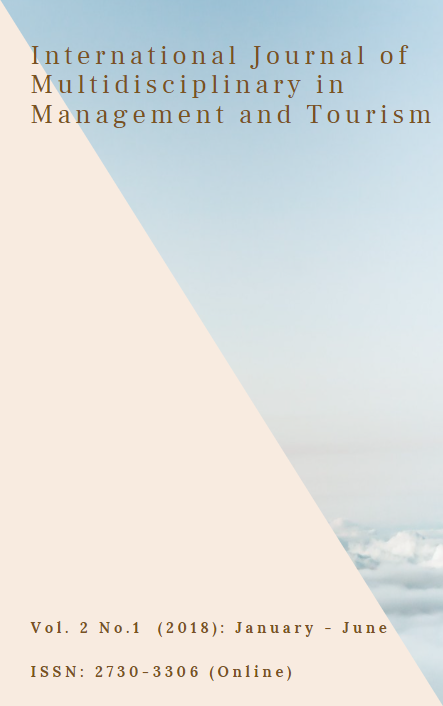The Behaviour in Health Care of Monks in Nakhon Sawan Province, Thailand
Main Article Content
Abstract
The study on “The Behavior in health care of Monks in Nakhon Sawan Province” had three objectives: 1) to study the behavior in the health care of the monks in Nakhon Sawan Province, 2) to compare the behavior in the health care of the monks in Nakhon Sawan Province by classify on the personal factors: year, degree of the general education, degree of the Dhamma education, the Sanghastatus, knowledge in the health care and the seven Sappaya (things favorable to mental development), and 3) to suggest the ways for changing the behavior in the health care of the monks in Nakhon Sawan Province.
This research applied the Mixed Methods Research consisting of the qualitative and quantitative research. The sample was 362 monks in Nakhon Sawan Province. The tools of the research were questionnaire with 0.8326 of the reliability and in-depth interview. The analysis of data used Statistical Package for Social Science. The statistics for analysis data used Frequency, Percentage, Mean, Standard Deviation, t-test, and F-test or One-Way ANOVA and Least Significant Difference: LSD.
Results of the Research
- The level of the behavior in the health care of the monks in the four dimension found that the behavior in the health care of the monks in the physical dimension: the nutrition and the exercise was at the middle level (= 3.24) and (= 3.27). The behavior in the health care of the monks in the mental dimension: the emotion (strain) was at the middle level (= 3.50). However the behavior in the health care of the monks in the social dimension: the living in the society and the environmental health was at the high level (= 3.73) and (= 4.14). The behavior in the health care of the monks in the conduct to the Dhamma principles was at the high level (= 4.00).
- The comparison of the behavior in the health care of the monks in Nakhon Sawan Province by classify on the personal factors found that the monks having the different age degree of the general education, Sanghastatus, knowledge in the health care, and Sappaya had the different in the health care at 0.05 of statistical significance. Thus, the hypothesis was accepted. However, the monks having the different degree of the Dhamma education had no the different behavior in the health care. Thus, the hypothesis was denied.
Article Details
References
Phra Brahmagunabhorn (P.A. Payutto). (2008). Dictionary of Buddhist. (16th ed.). Bangkok: S.R.Printing Mass Product.
Phra Brahmagunabhorn (P.A. Payutto). (2009). Buddhadhamma. (11th ed). Bangkok: Sahadhammika.
The Pail Text Society's. (1925). Pali-English Dictionary. England: The Pail Text Society's.
Vareesangthip, J. (2009). The Improvement of the Quality of Life of the End Stage Renal Disease Patients by Dhamma Practice(Ph.D. Dissertation). Graduate School Mahachulalongkornrajavidyalaya University.
Ven. Nyanatiloka. (1980). Buddhist Dictionary. (4th ed.). Kandy: Buddhist Publication Society.

